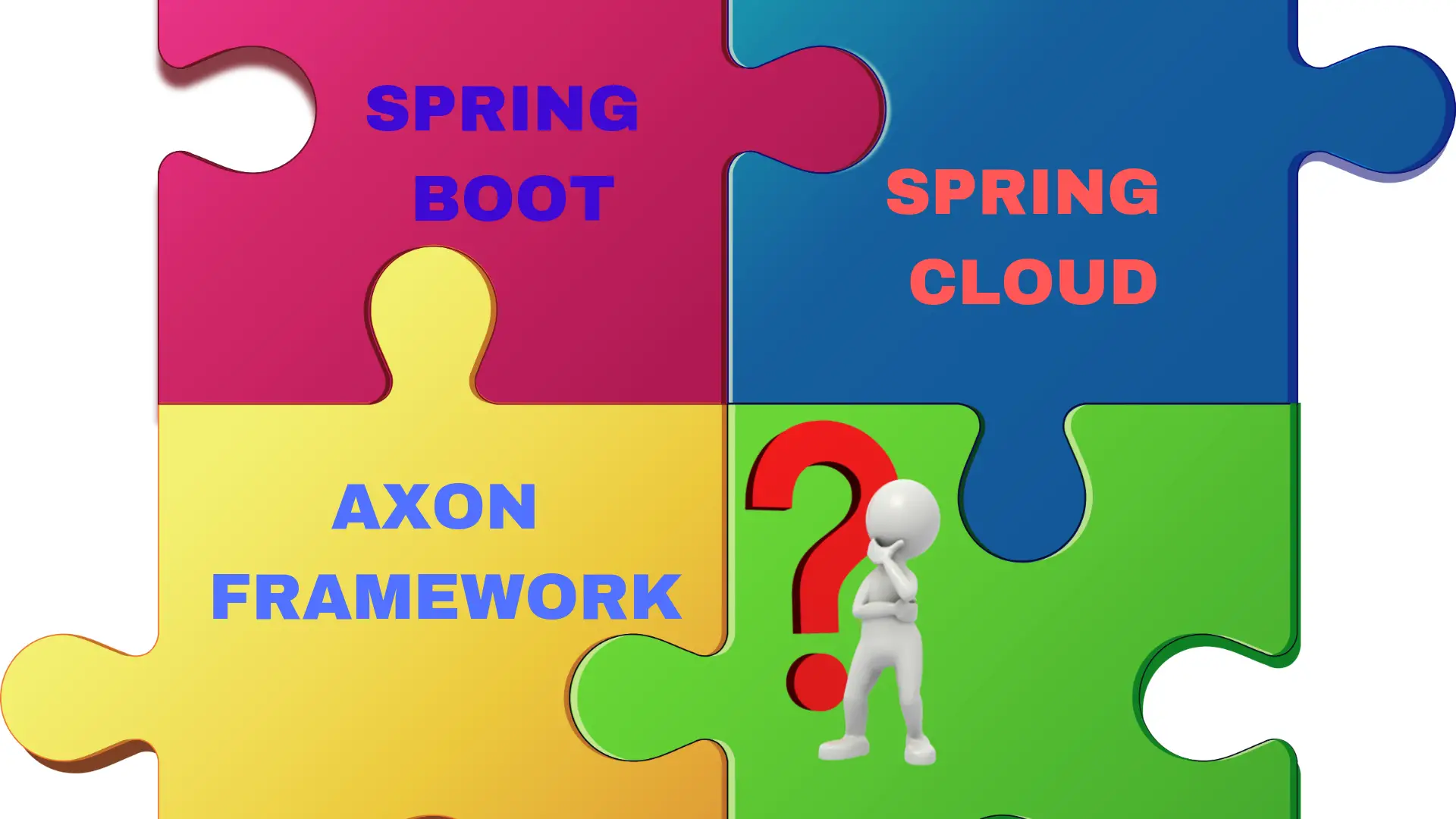Microservices Frameworks are integral to microservices architecture.
Frameworks make life easy for a developer.
A good framework reduces repeatability, increases productivity and inculcates best practices.
A framework is something that provides developers a standard way of doing certain things.
Consider the task to construct a car. In this context, a framework is the frame of that car. In other words, it is the skeleton or the structure used to build the car.

But that’s not the only thing a framework does.
Writing business logic is the most valuable activity a developer does. Rest all is secondary.
A framework allows developers to do exactly that. Focus on the business logic.
With microservices architecture, frameworks are even more important. This is because building microservices is inherently complex. In other words, you need a helping hand when designing your microservices-based application.
A good framework can become the difference between success and failure for your development team.
Why Microservices Frameworks are important?
Let’s imagine a situation.
You want to store the data in your domain in the form of events. In typical microservices terminology, you want to use the microservices design pattern called Event Sourcing.
You can solve this task in different ways.
One way is to write all the necessary configuration classes by hand. Then, create necessary code to capture the events. Write logic to understand the type of event. Store the event data in the Event Store. Take care of any special requirements such as encrypting the event payload. And so on. You get the idea.
Other way is to use a microservices framework that does all of the above and a lot more.
Event Sourcing is not a new concept. Neither are the general requirements for Event Sourcing radically different from one use-case to another.
What is different for each use-case are the events that are created.
In other words, your focus, as a developer, should be on the events.
Basically, developers should spend the greatest time on designing these events. The rest of the logic around Event Sourcing should be handled by a microservices framework.
This will increase productivity.
In other words, using a framework will allow developers to churn out more business logic for a given amount of time.
More business logic will lead to more features.
In essence, using microservices frameworks to build microservices architecture will turn a development team into a high-performance team.
Microservices Frameworks for Java
Java is one of the most popular programming languages on the planet. In fact, it is one of the most used programming language for building enterprise applications.
Naturally, Java is also one of the most popular languages used to implement microservices.
Over the years, many Java Microservices Frameworks have appeared in the industry. These frameworks specifically try to solve the problem of building microservices using Java programming language.
Unfortunately, there is no best framework.
There are various frameworks excelling at certain things. Often, you need to use multiple frameworks in conjunction to solve a certain problem.

In fact, it is up to the developer to choose the right framework for the right requirement.
And to make that choice, knowledge of the available frameworks is indispensable.
We will look at some of the important Java Microservices Frameworks.
Spring Boot
Spring Boot is a fundamental Java-based framework for building microservices. It supports a bunch of great concepts like Dependency Injection, Aspect Oriented Programming and Inversion of Control.
You can build production-level Spring Boot microservices in remarkably less time as compared to normal Spring.
Axon Framework
Another popular microservices framework is the Axon Framework.
Axon Framework is a Java Microservices Framework that can be used to build microservices using Domain Driven Design principles.
With Axon 4.0 version, Axon Framework has evolved to being more of a platform. This platform consists of the Axon Framework and the Axon Server. Using Axon 4.0, you can easily build microservices using Axon Framework and Spring Boot.
Spring Cloud
Spring Cloud is another powerful framework to build Java microservices.
The biggest benefit of Spring Cloud Microservices is that they build on top of normal Spring Boot applications. It is also one of the most mature Java microservices framework since it has been battle-tested by Netflix.
Conclusion
Microservices are gaining traction in the industry. More and more organizations are willing to embrace microservices architecture.
In such a scenario, Microservices Frameworks are very important. A good framework can go a long way in building a robust microservices architecture.
But always think of frameworks as tools. The more tools you have in your tool-belt, the better will be your chances of solving complex challenges.
Important thing is to identify the right tool.
0 Comments